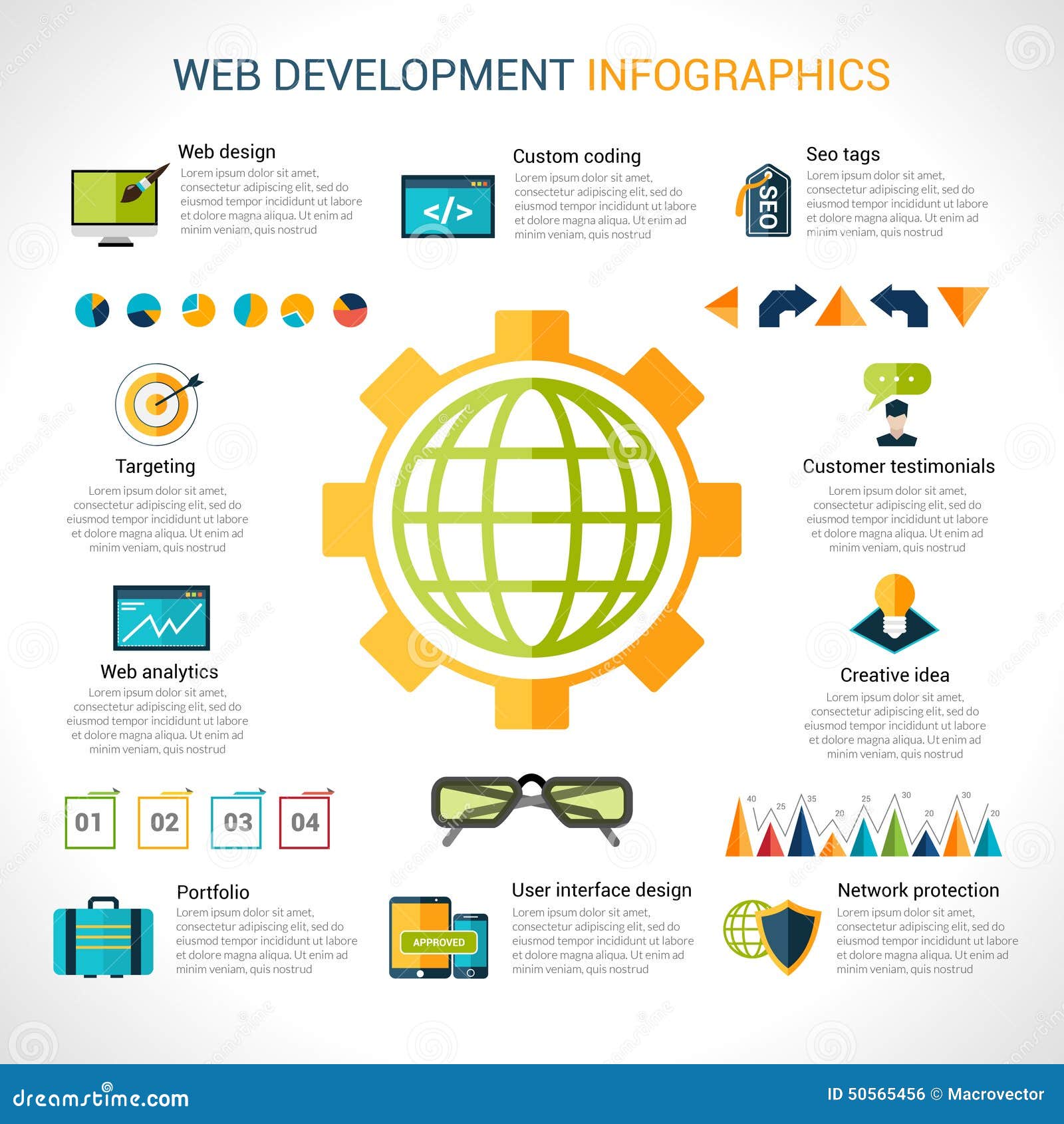Internet Site Layout: A Journey With Time.From Simple Beginnings To Contemporary Marvels, Site Style Has Actually Gone Through A Significant Improvement For Many Years
Internet Site Layout: A Journey With Time.From Simple Beginnings To Contemporary Marvels, Site Style Has Actually Gone Through A Significant Improvement For Many Years
Blog Article
Content Composed By-Lamb Wong
In the past, sites were simple and focused on information. Navigating was straight, and style was for desktop computers. Now, https://www.searchenginejournal.com/franchise-local-seo/439395/ is vital. Data guides styles for easy navigation. Responsive layouts match various devices. Today, dark mode decreases stress, and minimal food selections boost navigating. Interactive attributes involve users, and strong visuals stick out. https://seo-packages73952.is-blog.com/36197807/start-your-course-to-ending-up-being-proficient-at-social-media-advertising-and-marketing-by-finding-out-essential-strategies-and-strategies . See how layout has evolved to enhance your on the internet journey.
Early Days of Web Design
In the very early days of web design, simplicity preponderated. Websites were standard, with limited shades, fonts, and layouts. The focus was on supplying information rather than fancy visuals. Customers accessed the internet via slow-moving dial-up links, so rate and capability were vital.
website design firm were straightforward, commonly situated on top or side of the web page. Internet sites were developed for desktop, as mobile browsing had not been yet prevalent. Material was king, and developers prioritized simple readability over complex design elements.
HTML was the primary coding language utilized, and developers needed to function within its constraints. Animations and interactive features were marginal contrasted to today's standards. Websites were static, with little dynamic material or personalized individual experiences.
Increase of User-Focused Style
With the advancement of website design, a shift in the direction of user-focused design principles has actually ended up being increasingly prominent. Today, producing internet sites that prioritize user experience is important for engaging site visitors and accomplishing organization goals. User-focused design includes recognizing the needs, choices, and behaviors of your target market to tailor the website's layout, material, and features appropriately.
Designers currently conduct detailed study, such as customer surveys and usability screening, to gather understandings and comments straight from users. This data-driven strategy helps in developing instinctive navigating, clear calls-to-action, and visually attractive user interfaces that reverberate with visitors. By positioning the user at the center of the layout procedure, internet sites can provide an extra personalized and enjoyable experience.
Responsive design has actually likewise emerged as a crucial element of user-focused layout, making certain that websites are maximized for different tools and display dimensions. This adaptability improves access and use, accommodating the diverse methods customers engage with sites today. In essence, the surge of user-focused layout symbolizes a change in the direction of developing electronic experiences that prioritize the demands and assumptions of the end individual.
Modern Trends in Web Design
Discover the current patterns forming web design today. One noticeable trend is dark setting layout, using a smooth and modern appearance while minimizing eye strain in low-light atmospheres. An additional crucial trend is minimalist navigating, streamlining menus and improving user experience by focusing on essential elements. Including micro-interactions, such as animated switches or scrolling effects, can produce a more interesting and interactive web site. Responsive design stays critical, making certain smooth individual experiences across numerous devices. In addition, using strong typography and asymmetrical designs can add aesthetic interest and accentuate specific content.
Integrating AI innovation, like chatbots for client support or customized referrals, boosts user involvement and streamlines processes. Accessibility has likewise end up being a considerable pattern, with designers focusing on inclusive layout methods to deal with varied customer demands. Embracing sustainability by enhancing website efficiency for rate and performance is another emerging pattern in website design. Teaming up with user feedback and data analytics to iterate and improve layout constantly is necessary for remaining appropriate in the ever-evolving digital landscape. By accepting these modern patterns, you can create a visually enticing, easy to use web site that resonates with your target market.
Conclusion
As you assess the evolution of website style from the very early days to currently, you can see just how user-focused style has become the driving pressure behind modern patterns.
Accept the journey of adjustment and adjustment in web design, always maintaining the user experience at the center.
Keep present with the most recent fads and technologies, and never ever quit developing your method to produce aesthetically stunning and straightforward sites.
Develop, adjust, and create - the future of website design remains in your hands.
